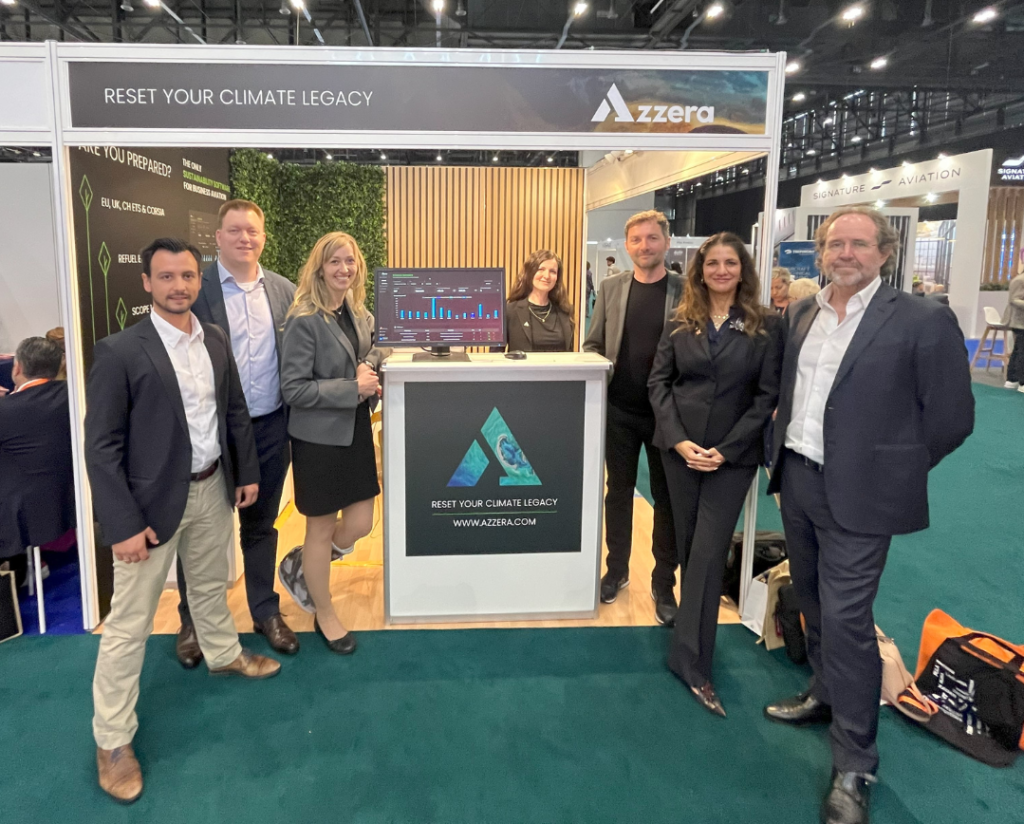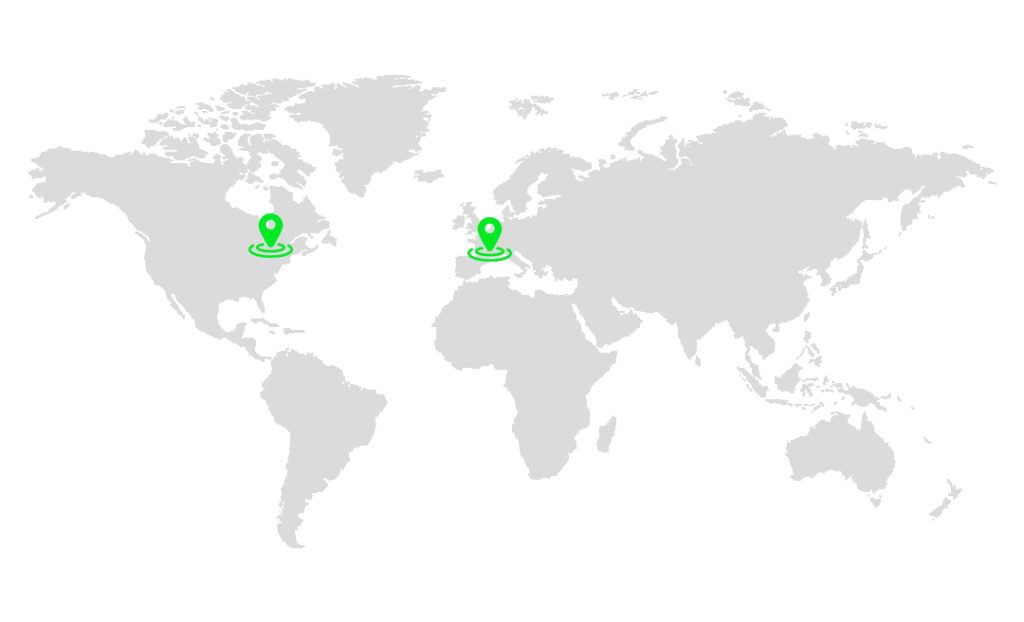Carbon Offsets have become somewhat popular for companies and individuals to compensate for their carbon footprint. However, carbon credits face several valid complaints and criticism raising the question that:
Do Carbon Offsets really work?
The answer depends on how carbon offsets are used in carbon neutrality or Net Zero claims. Although carbon offsets are a crucial component of climate mitigation, they alone are not enough to combat climate change.

Consider an overflowing tub where the water intake is increasing every second, the logical course of action is to first turn off the water intake and THEN start to take out the excess water from the pool. In climate change, the increasing flow of emissions is similar to the water flow of the example. However, it is not at all possible to suddenly stop emitting emissions. Therefore, we focus on the next best thing, which is reducing greenhouse gas (GHG) emissions.

The emission reduction allows companies and individuals to turn down the slope of increasing greenhouse gasses, thus enabling Carbon Credits to compensate for unavoidable CO2 emissions.
Nowadays, all entities have various options to reduce their emissions. For instance, the aviation industry has taken it upon itself to reduce their emission with Sustainable Aviation Fuels. Tech companies like Google have started to use renewable energy sources for their data centers. Moreover, many individuals have made small changes to their clothing, diet and transportation method to reduce greenhouse gas emissions.
On the hand, another half of climate mitigation receives a plethora of criticism and most people have doubts about carbon offsets.
1- Greenwashing
Greenwashing happens when companies rely solely on carbon offsets to reduce their carbon footprint without changing their non-sustainable ways of practice. The greenwasher buys offsets instead of changing its behaviour. Which may not be enough to mitigate the impacts of global warming.
Azzera’s Solution to Greenwashing:
Here at Azzera, carbon offsetting is only offered to businesses when a carbon emission reduction strategy is already in place. Furthermore using science-based targets (SBTi) Azzera ensures progress in emission reduction planning alongside carbon offsetting.
Also, we have provided various methods for individuals to reduce their carbon footprint with simple changes in their lifestyle before compensating for their emissions.
2- Effectiveness of Offset Programs
Although all carbon offsets represent 1 ton of CO2 removed or avoided, not all projects are of the same quality. With all existing due diligence from the registries, some projects have still been accused of over-issuing credits or lacking additionality and permanence.
With more than 300 million carbon offset projects worldwide, there is no doubt that each project has its background and finding high-quality projects is not an easy task.
Azzera’s Solution to find high-quality offsets:
The Azzera team performs their triple layer of due diligence for each project. Inspecting projects on their Permance, Additionally, Methodology and Co-Benefits, Azzera considers all aspects of the project to ensure effective climate action. In our blog of Azzera Impact Score, we have explained in detail how our carbon offset rating works.

You can look into each project page and buy carbon offsets that match your criteria.
3- Fear of Not Making Enough Change
While high-quality carbon offsets are effective tools to remove greenhouse gases from the atmosphere, some worry that we can not achieve impactful change with offset programs.
This idea is far from the truth. Most carbon offset programs not only remove emissions but also provide the possibility of developing pillars of sustainable development in areas where SDGs are not implemented.
For example, the Bujagali Hydropower Carbon Offset project primarily avoids emissions by providing clean energy in Uganda and preventing the burning of fossil fuels. This project is the definition of making an impactful change that will last generations to come and increases renewable energy usage in third-world countries.
In addition, the developers of this project (Like many other project developers) have been involved in building hospitals and providing Good Health and Well-Being as a sustainable development goal.

In conclusion, carbon offsets are not a magic solution to climate change. Rather, they are one of many tools in the fight against greenhouse gas emissions. To effectively combat climate change, we must focus on reducing emissions first and foremost. However, when used in conjunction with emission reduction strategies, high-quality carbon offsets can help individuals and companies achieve carbon neutrality or Net Zero claims while supporting sustainable development goals.
At Azzera, we take a triple-layer approach to ensure the quality of our carbon offset projects. We only offer carbon offsetting as a solution once a carbon emission reduction strategy is already in place. Together, we can take action toward a more sustainable future.





